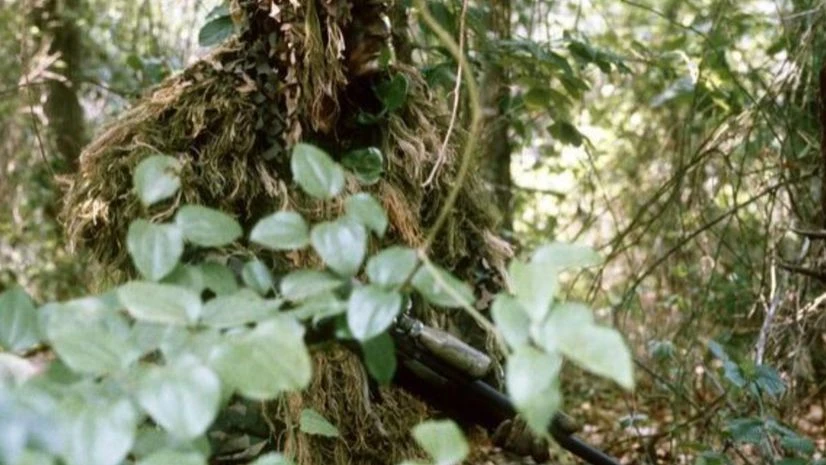Imagine blending seamlessly into your environment, leaving no trace of yourself behind. Becoming a living chameleon or octopus, able to match your surroundings in the blink of an eye, might sound like science fiction. But thanks to a groundbreaking innovation by Chinese researchers, this concept is now edging closer to reality.
Scientists have developed a cutting-edge material capable of changing colour at the molecular level in response to surrounding light. This breakthrough offers a game-changing form of camouflage that could revolutionise industries ranging from military to fashion, as reported by the South China Morning Post.
“In essence, applying this technology to clothing could make an individual effectively ‘invisible,’” said Wang Dongsheng, lead researcher, in an interview with China Science Daily.
Wang and his team from the University of Electronic Science and Technology of China have pioneered self-adaptive photochromism (SAP), a technology enabling materials to change colour based on specific wavelengths of light. This innovation achieves seamless camouflage without relying on costly electronics or external power sources.
A new era for camouflage technology
The revolutionary material, unveiled in a study published in Science Advances, mimics the adaptive camouflage abilities of nature. With SAP technology, the material automatically adjusts its colour to match its environment, similar to the way a chameleon or octopus blends in. Unlike traditional camouflage methods, which rely on complex electronic devices, SAP is simpler, more efficient, and cost-effective.
Also Read
The potential applications are vast and diverse. From military and defence to architecture and fashion, SAP technology could transform industries. Coating vehicles or buildings with this material could enable them to blend seamlessly into their surroundings. Additionally, its functionality in extreme weather—working within a temperature range of -20°C to 70°C—makes it particularly viable for military and industrial use.
In an experiment, researchers placed a container of SAP solution into red, green, and yellow acrylic boxes. Within 30 to 80 seconds, the material adapted to match its surroundings flawlessly, demonstrating its potential for fast and effective concealment in various settings.
The future of camouflage and beyond
While the material has already shown remarkable potential, the researchers aim to take it further. Their next goal is to expand the colour range the material can mimic, including hues like purple and blue, which are not fully achievable with the current version.
“By adding more photochromic molecules or adjusting its composition, we aim to achieve finer distinctions in colour and faster changing speed,” said Wang.
The possibilities for this technology are immense. In the military, it could redefine stealth, enabling soldiers and equipment to disappear in plain sight. In fashion, it could revolutionise clothing design, creating garments that shift and evolve with their surroundings.
This innovation not only pushes the boundaries of material science but also hints at a future where humans and objects can vanish seamlessly into their environments.

)